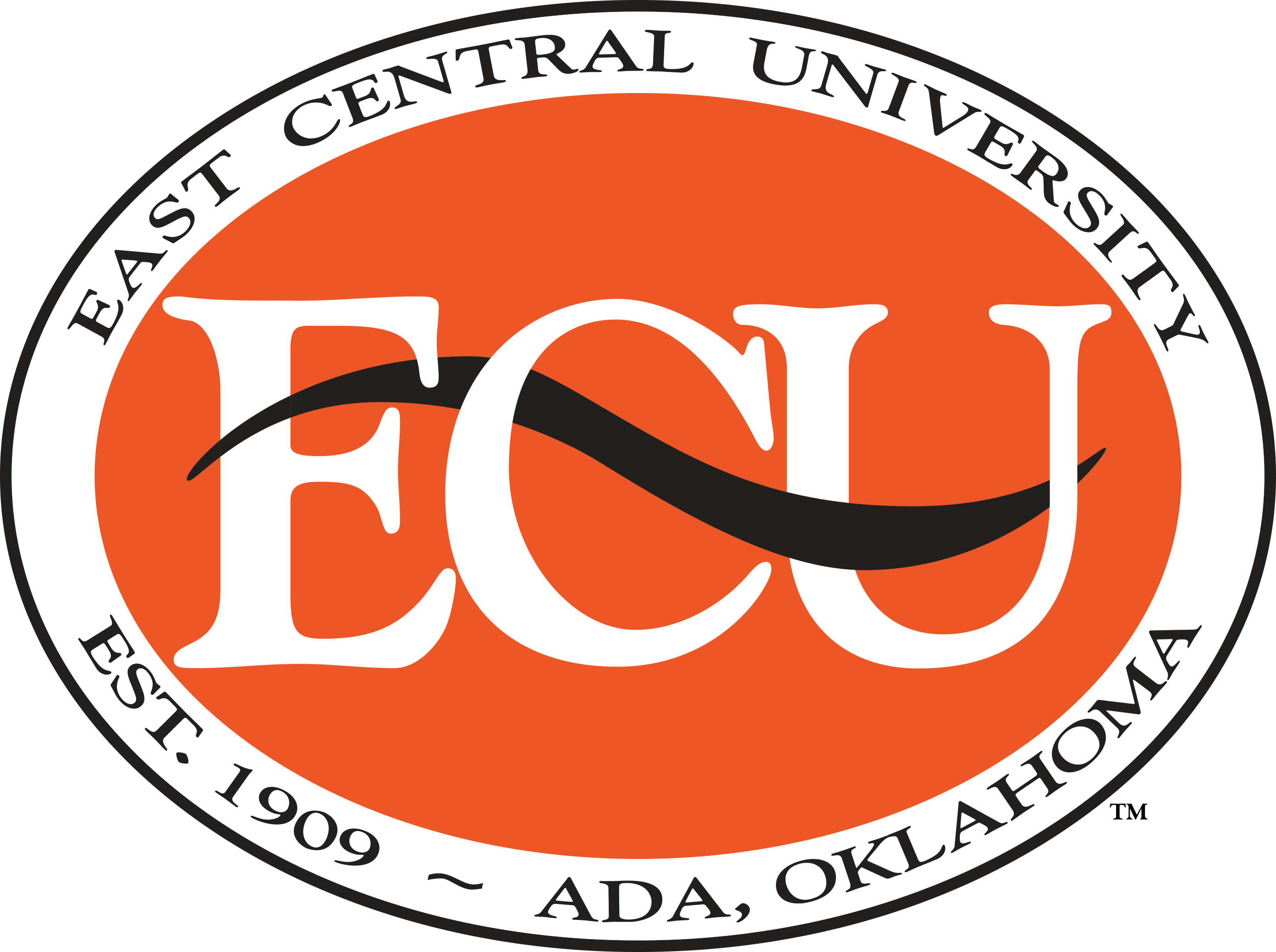
“Internal reviews help us meet student-centered curricular goals and they encourage faculty to reflect on their curricular choices in meeting course objectives. But the most important aspect is the immediate benefit the QM process has on students.”Adrianna Lancaster, Associate Provost/Dean of Graduate Studies
East Central University (ECU) in Oklahoma is delivering on its online promise by providing online courses and degrees that reflect the rigor and quality of the University’s face-to-face offerings. As Adrianna Lancaster, Associate Provost/Dean of Graduate Studies, explained, QM Internal Reviews play a big part in ensuring that the University’s online offerings are on par with their brick-and-mortar counterparts, “Internal reviews help us meet student-centered curricular goals and they encourage faculty to reflect on their curricular choices in meeting course objectives. But the most important aspect is the immediate benefit the QM process has on students. Changes made based on what’s found during the review process help learners navigate online courses more easily so that they are better equipped for success in their classes.”
To date, ECU has conducted 71 Internal Reviews using QM’s Course Review Management System (CRMS). “Internal Reviews can be conducted by any individual at a subscribing organization,” QM’s Quality Assurance Manager Mary Ann Zellman shared. “It’s a great way for instructors and instructional designers to reflect on their course design and engage in a collaborative review process. And at the end of the review, a Final Report is provided, detailing the collective strengths and weaknesses of the course, every reviewer’s suggestions for improvement, and a review score that reflects the overall quality of the course design.”
As a member of the Oklahoma System, ECU is able to use Peer Reviewers at other Oklahoma System schools for Internal Reviews. As Instructional Technology Design Specialist Wendy McKibben explained, that option is important to ECU, “Peer Reviewers in our state understand both our institutional culture and our student demographics better than those who are further away.”
Moving its quality assurance journey forward is also important to the University. That’s why Internal Reviews are a stepping-stone for most ECU courses. After going through an Internal Review, many Course Representatives then pursue the QM Certification Mark through Subscriber-Managed Reviews. The University plans to conduct even more Subscriber-Managed Reviews in the near future to meet faculty demand. “When we explain the difference between Internal and Subscriber-Managed Reviews to faculty, most want the QM Certification Mark,” Wendy explained.
The University has several resources in place to help faculty prepare for an Internal Review. In addition to participating in the Applying the Quality Matters Rubric (APPQMR) workshop, Improving Your Online Course (IYOC) workshop or Designing Your Online Course (DYOC) workshop, the University’s Center for Excellence in Teaching and Learning (CETL) provides faculty with optional seminars on the QM Standards, course map creation and the highly recommended Self Review. Haley Vickers, the curriculum and Instructional Specialist at the University, added, “We also encourage faculty to teach the course for two semesters before beginning the review process, and our QMC does a thorough walk-through of the course before it is released to the review team.”
After conducting dozens of Internal Reviews, the ECU team has learned some important lessons about the process — lessons they hope will help others who engage in similar efforts:
- If you are part of a system and able to select Peer Reviewers outside your institution, ECU still recommends sticking close to home. As the team explained, Peer Reviewers in your immediate region have a better understanding of your institutional culture and the students that you serve.
- While the ECU team highly recommends Course Representatives (instructors) take the APPQMR or IYOC before they start an Internal Review, they stress that those workshops alone are not enough. Before beginning the process, they suggest Course Representatives augment their knowledge of the Rubric through resources similar to their CETL seminars and QM’s Self-Review tool.
- The team also wants to emphasize that faculty are busy. That’s why they encourage providing as many institutional-level resources as possible (e.g., templates) to help faculty meet the Rubric’s Specific Review Standards. Faculty can then focus on big-picture items such as measurable objectives and course alignment.
In addition to strengthening course design, Internal Reviews can assist in identifying professional development needs. The data reports generated during an Internal Review can help institutions identify areas for improvement. For example, if a majority of an institution’s courses are struggling to meet General Standard 8, faculty and staff should consider taking the Addressing Accessibility and Usability workshop. Course review data are also available to QM Coordinators conducting official reviews for QM Certification.
